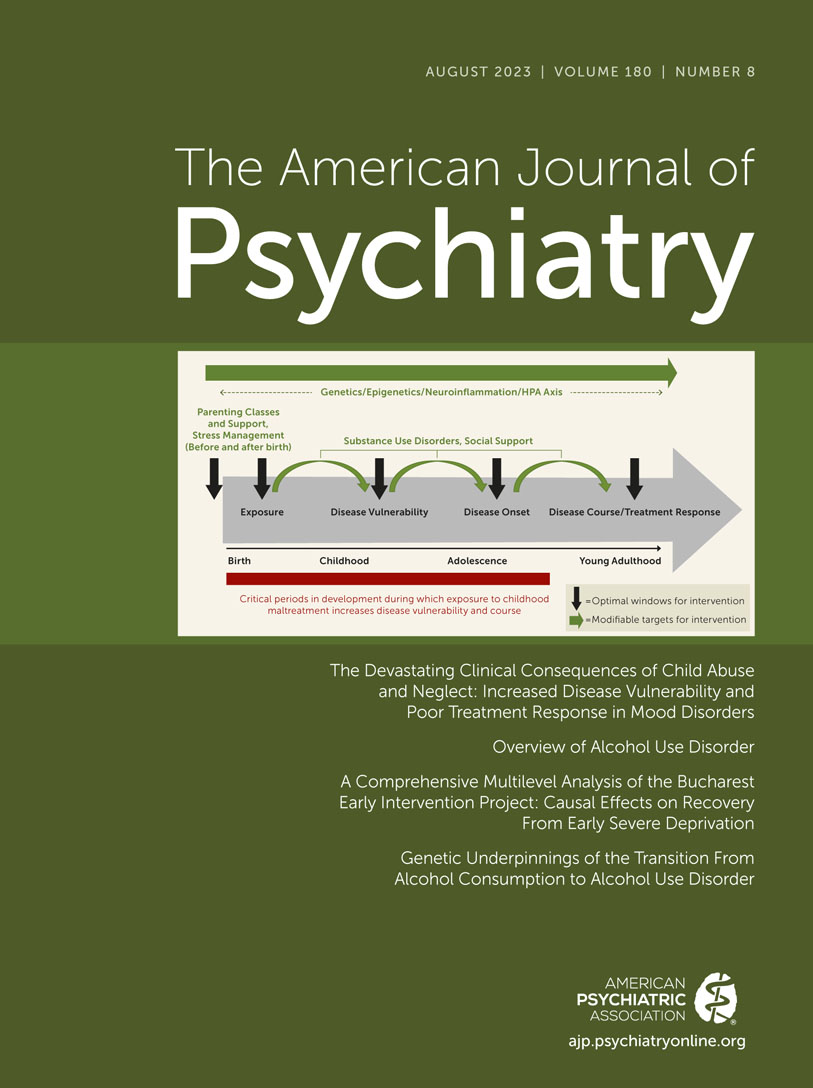Translating Developmental Neuroscience to Understand Risk for Psychiatric Disorders
Abstract
The transition from childhood to adulthood represents the developmental time frame in which the majority of psychiatric disorders emerge. Recent efforts to identify risk factors mediating the susceptibility to psychopathology have led to a heightened focus on both typical and atypical trajectories of neural circuit maturation. Mounting evidence has highlighted the immense neural plasticity apparent in the developing brain. Although in many cases adaptive, the capacity for neural circuit alteration also induces a state of vulnerability to environmental perturbations, such that early-life experiences have long-lasting implications for cognitive and emotional functioning in adulthood. The authors outline preclinical and neuroimaging studies of normative human brain circuit development, as well as parallel efforts covered in this issue of the Journal, to identify brain circuit alterations in psychiatric disorders that frequently emerge in developing populations. Continued translational research into the interactive effects of neurobiological development and external factors will be crucial for identifying early-life risk factors that may contribute to the emergence of psychiatric illness and provide the key to optimizing treatments.
Access content
To read the fulltext, please use one of the options below to sign in or purchase access.- Personal login
- Institutional Login
- Sign in via OpenAthens
- Register for access
-
Please login/register if you wish to pair your device and check access availability.
Not a subscriber?
PsychiatryOnline subscription options offer access to the DSM-5 library, books, journals, CME, and patient resources. This all-in-one virtual library provides psychiatrists and mental health professionals with key resources for diagnosis, treatment, research, and professional development.
Need more help? PsychiatryOnline Customer Service may be reached by emailing [email protected] or by calling 800-368-5777 (in the U.S.) or 703-907-7322 (outside the U.S.).



